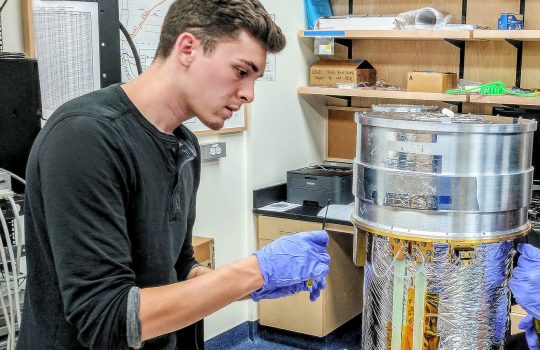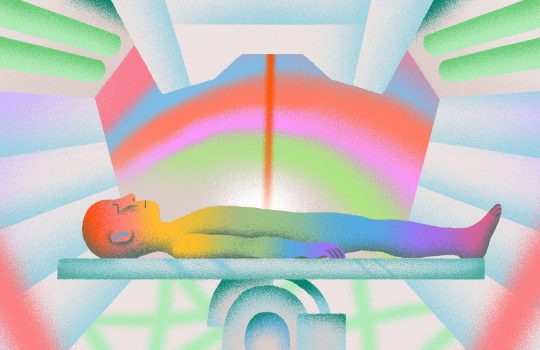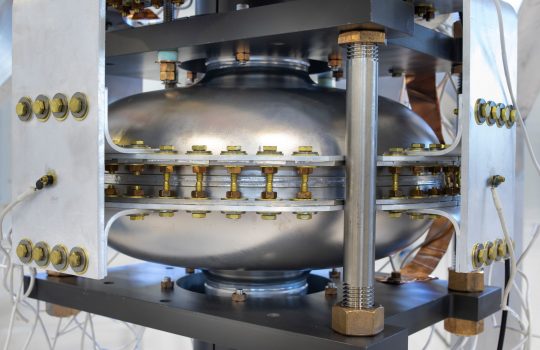Johannes Gutenberg University Mainz joins the Muon g-2 experiment at Fermilab
From Johannes Gutenberg University Mainz, Sept. 30, 2019: Johannes Gutenberg University Mainz strengthens its relationship with Fermilab by joining the Muon g-2 collaboration. Muon g-2 aims at a determination of the muon anomalous magnetic moment with the unprecedented precision of 140 part per billion. This fourfold improvement over the last experiment, performed at Brookhaven National Laboratory more than 15 years ago, will allow to scientists test the resulting more than 3 standard deviation discrepancy between experiment and the prediction of the Standard Model in its current form.




